Story at a glance:
- Light pollution is defined as the presence of excessive, misdirected, or inappropriate artificial lighting.
- Light pollution manifests primarily in the form of either glare, clutter, light trespass, or sky glow.
- Nighttime light pollution obscures the sky, contributes significantly to energy waste, disrupts wildlife, and negatively impacts human health.
Anyone who has ever looked at a picture of Earth at night can tell you that light pollution is a global problem. Large splotches of concentrated, intense light illuminate huge swaths of North America, Europe, Asia, and the Middle East, while only the most remote places enjoy total darkness.
Unfortunately light pollution is rarely treated as the serious issue it is, largely because most people wrongly assume that it does not have as significant or as severe an impact on human and environmental health as air or water pollution.
Here we take an in-depth look at light pollution and its causes, the problems that stem from excess light production and exposure, and a few of the most effective methods for reducing light pollution.
What is Light Pollution?
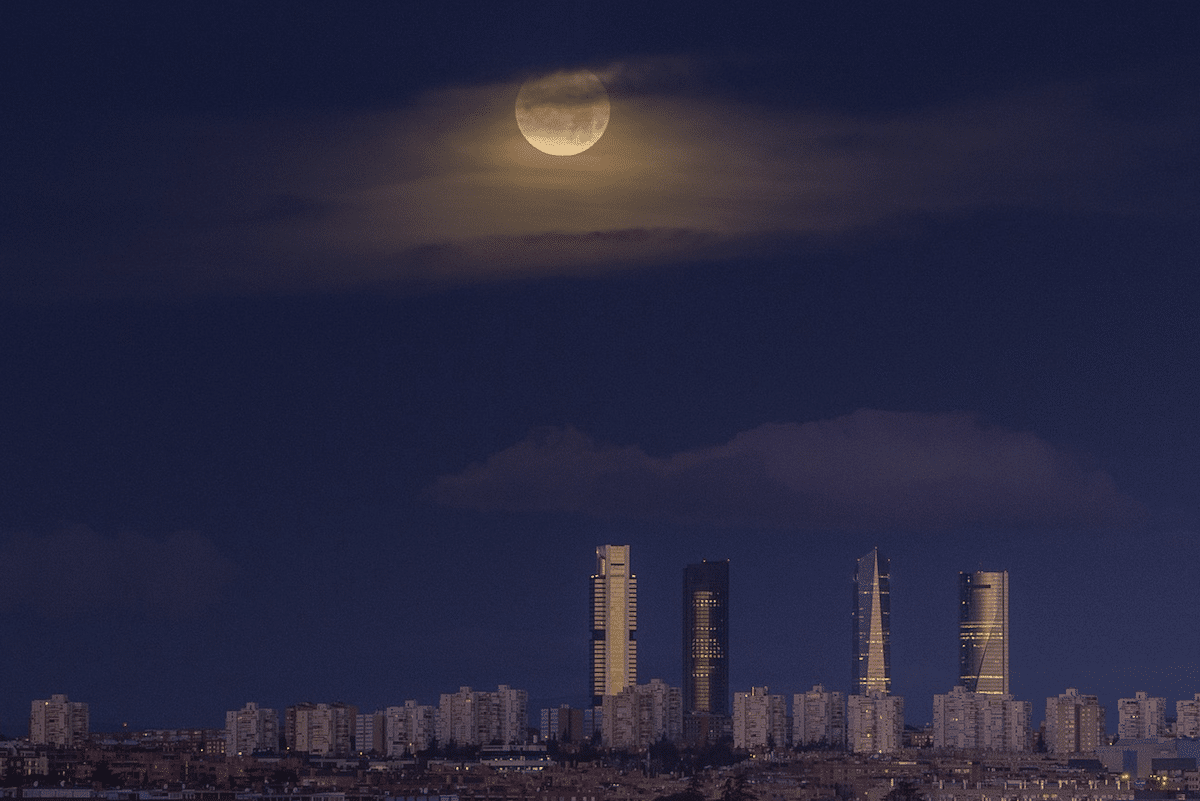
Photo courtesy of Pixabay
Light pollution is an extremely prevalent type of manmade environmental pollution described as the presence of unwanted, inappropriate, misdirected, or excessive artificial lighting. It is estimated that the rate of light pollution is increasing at two times the rate of population growth, with approximately 83% of all humans—and 99% of all Americans—experiencing light-polluted night skies, according to DarkSky International.
Light pollution generally falls into one of four categories or types:
- Glare. Excessive brightness that causes visual discomfort and may pose a safety hazard (e.g. bright headlights while driving).
- Clutter. Extremely bright, excessive, and confusing groupings of multiple light sources (such as those found in cities and other dense urban areas).
- Light trespass. Any light that falls where it is not needed or intended (e.g. street lights that cast light upward).
- Sky glow. The phenomenon by which the night sky over cities, towns, and other inhabited areas appears to “glow” as a result of excessive glare, clutter, and light trespass.
Like all pollution light pollution is considered to be a side effect of industrial civilization and arose out of the rapid electrification of the early 1900s. Despite concerns regarding the effects of light pollution arising as early as the late 19th century, light pollution has only worsened in the years since—so much so that it is estimated that roughly two-thirds of Earth’s population have never seen a truly natural night sky.
What Causes Light Pollution?
It may be obvious that, well, light is the root cause of light pollution, but certain types of artificial lighting are more harmful than others.
Streetlights & Parking Lots
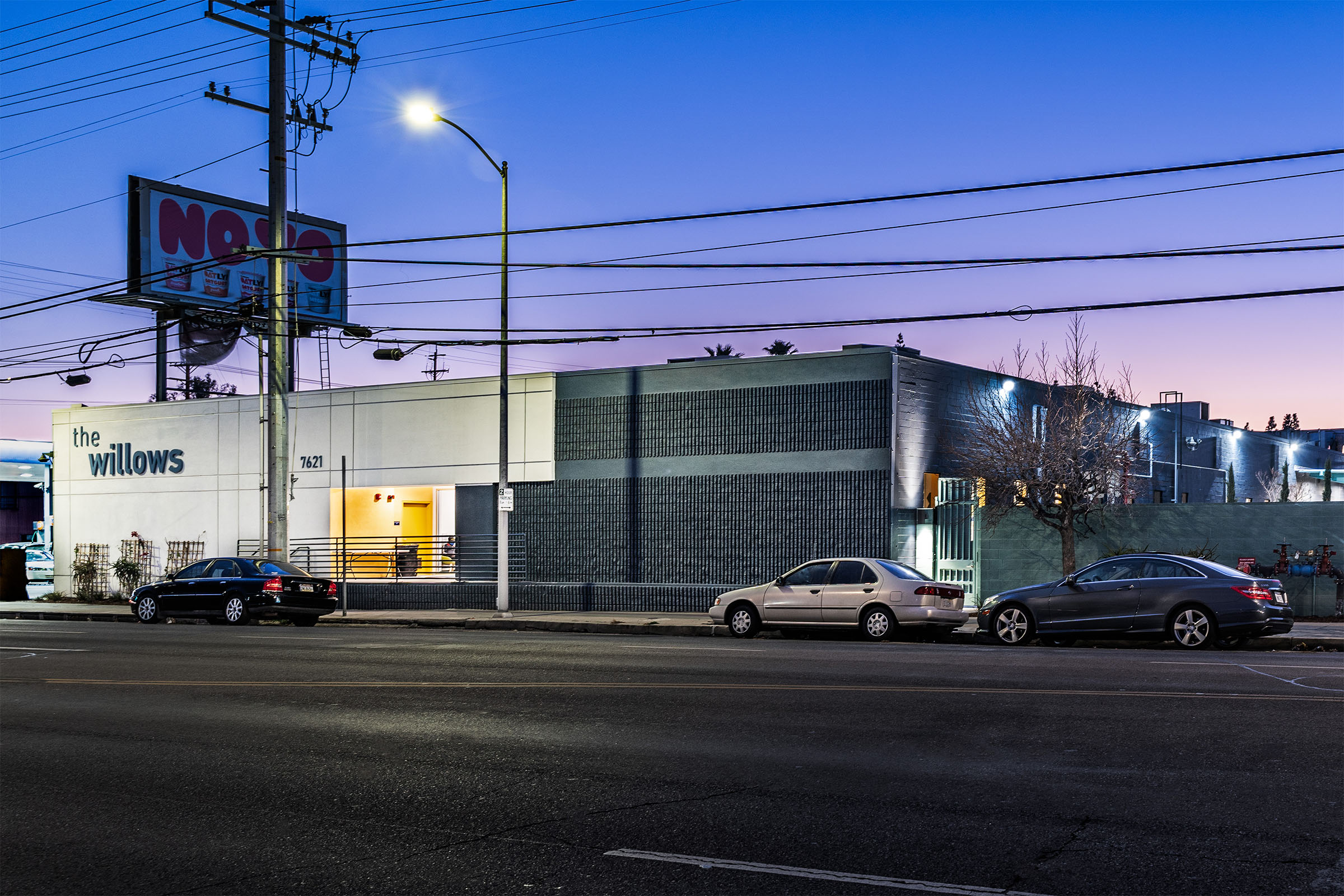
Street lights are responsible for roughly 20% of all light pollution. Photo courtesy of GGA+
With more than 4 million miles of roads in the US alone, streetlights account for a significant portion of light pollution. Estimated percentages have wavered significantly over the years, but a recent study suggests streetlights are responsible for approximately 20% of all light pollution.
Illuminated parking lots also contribute to light pollution, with many keeping their lights on all throughout the night—even when they’re empty.
Electronic Messaging Centers
Electronic messaging centers, or EMCs, are another major source of urban light pollution. Many modern electronic billboards are close to 10 times brighter at night than traditionally lit billboards—and because EMCs cannot be shielded without impeding their base function, they contribute significantly to light trespass and urban sky glow.
Residential, Landscaping & Other Outdoor Lights
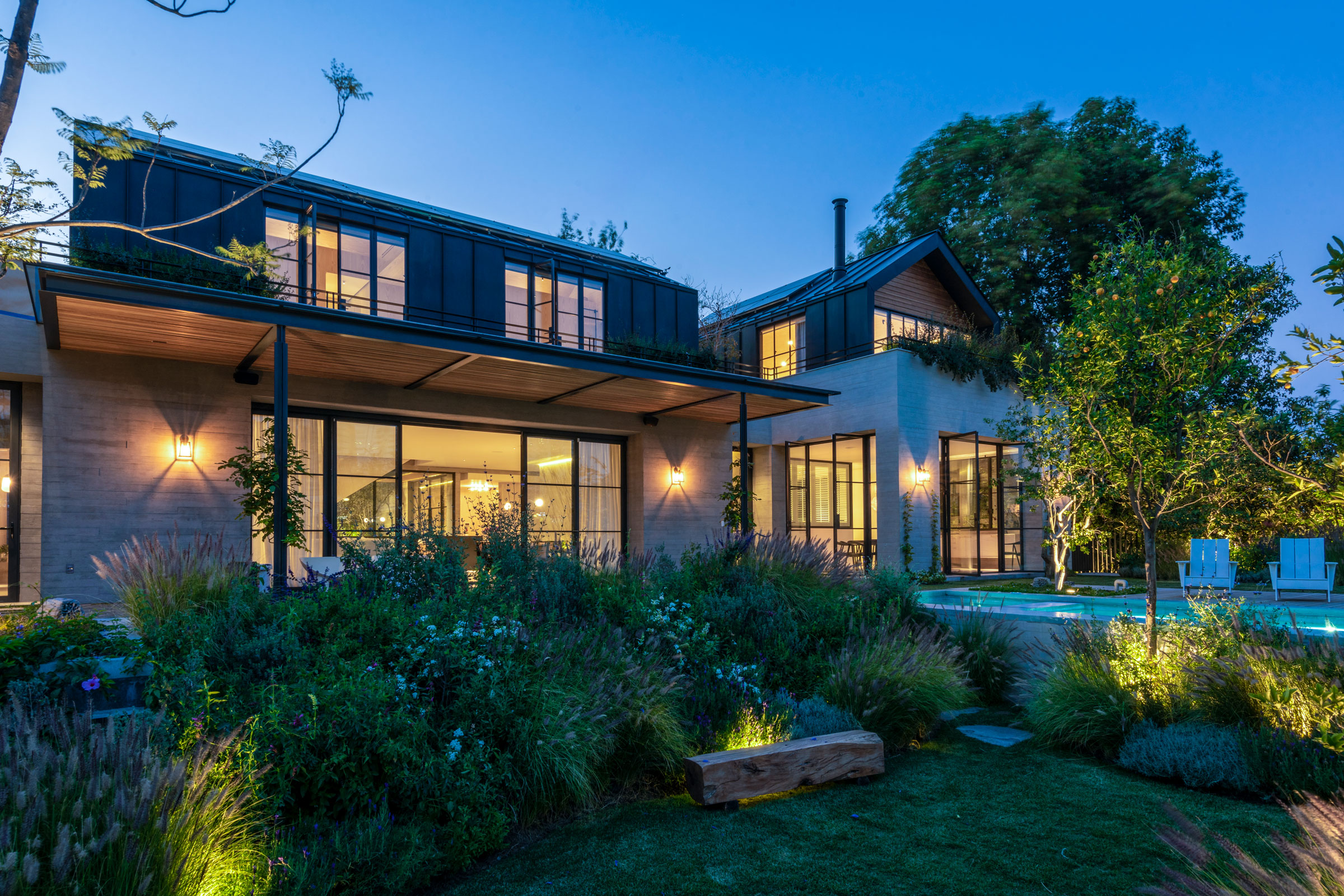
It’s estimated that outdoor residential lights emit roughly 15 million tons of carbon dioxide per year. Photo by Jaime Navarro
Porch lights, flood lights, and other outdoor residential lights are rarely designed to limit light trespass and are estimated to emit approximately 15 million tons of carbon dioxide per year. In a similar vein, landscaping lights—such as those used to illuminate pathways, driveways, pools, stairs, et cetera—often rely on daylight sensors to turn on and off, meaning they stay on all night even when no one is around.
Other outdoor lights—be they illuminated signs/billboards, inground lights, post lights, et cetera—that do not feature proper shielding also contribute to light pollution by casting a portion of their light upwards instead of directly where it’s needed.
Greenhouses
Perhaps the most unexpected cause of light pollution, large industrial greenhouses account for a significant amount of light trespass and often contribute to sky glow in otherwise low-light areas.
Because industrial greenhouses are a relatively new phenomenon, most governments do not have regulations in place to limit the amount of light they can produce. This allows operators of large-scale greenhouses to keep their lights on for all or most of the night—often with little to no legal consequences—something many do to maximize crop yields and minimize grow times.
Stadium Lighting
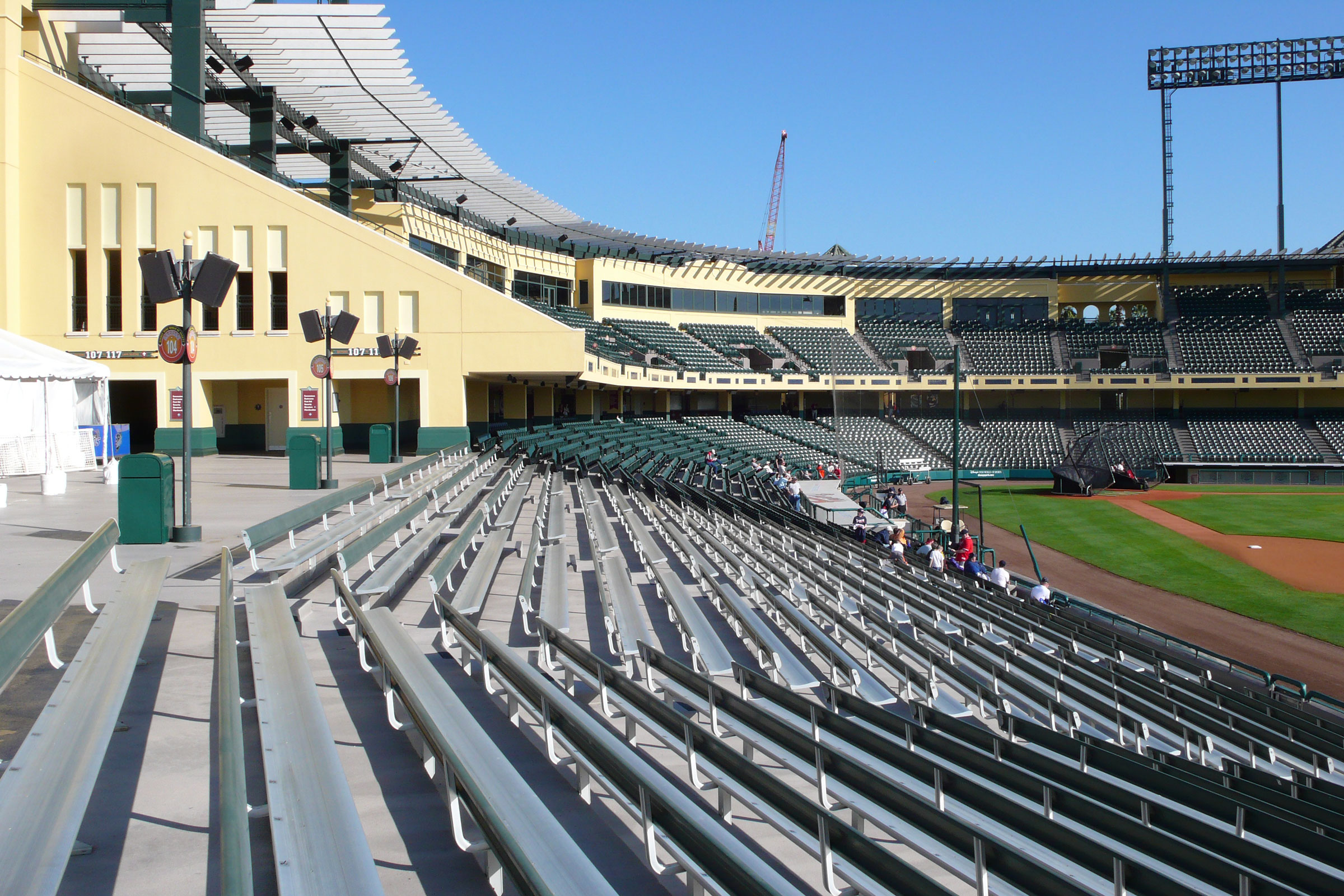
Outdoor stadiums often employ extremely bright, high-intensity spotlights that worsen light pollution and contribute to urban sky glow. Photo courtesy of Covestro
Most outdoor stadiums, fields, and sports centers—even non-professional ones—are equipped with extremely high-intensity spotlights that are essentially designed to replace the sun once night falls. These lights do an excellent job at illuminating the field of play for both athletes and spectators but are often improperly shielded and so contribute to increased light pollution in the form of light trespass and glare.
Because of their high positioning and the relative proximity of many outdoor recreational facilities to parks and other green spaces, stadium lights are a prime contender for nearby habitat disruption.
Satellites
Another surprising source of light pollution is orbital satellites, which reflect light back to Earth—both during their operational lifespans and once they inevitably die, break up into small debris fragments, and join the cloud of “space junk” orbiting the planet.
A research study by the Slovak Academy of Sciences and Comenius University in Slovakia that was subsequently published in the Monthly Notices of the Royal Astronomical Society: Letters found that satellites and other Earth-orbiting objects are responsible for brightening the night sky by at least 10% over natural light levels.
Interior Lighting
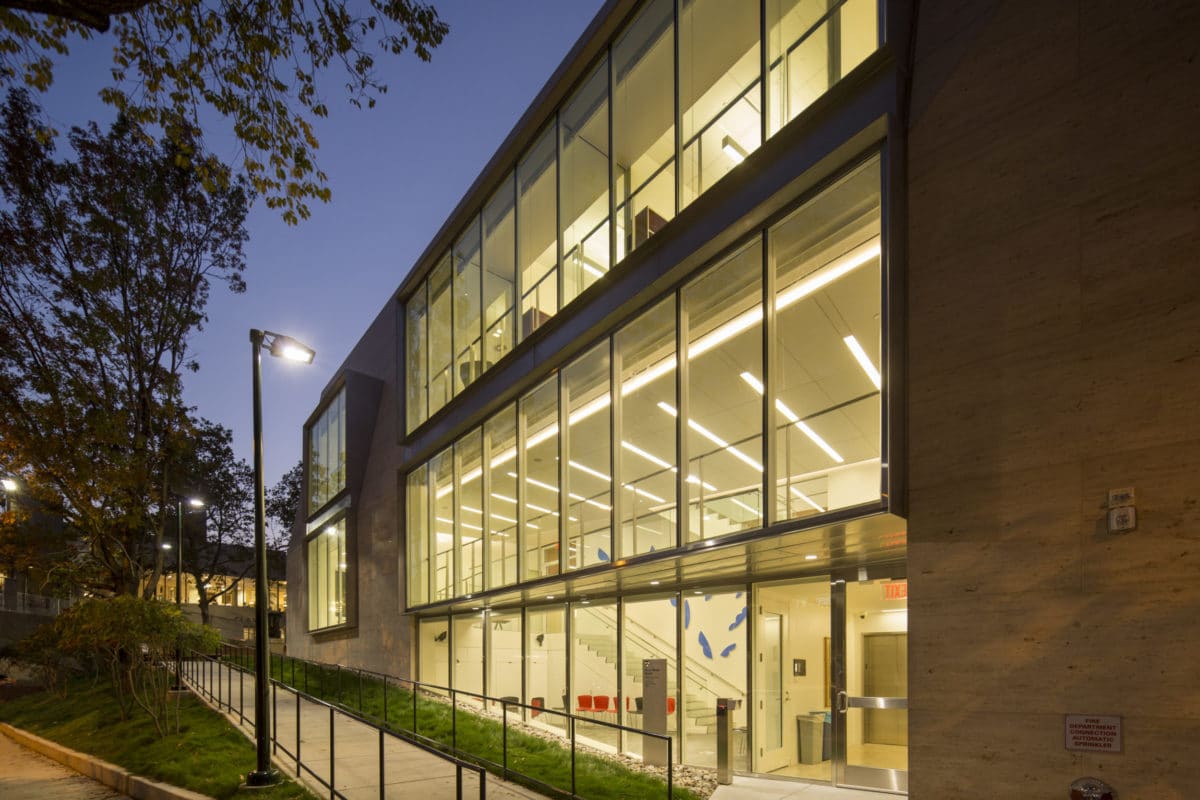
Buildings that keep all or most of their interior lights on at night are a major source of light pollution. Photos by Greg Benson
While the vast majority of light pollution is caused by outdoor light sources, a not-insignificant amount comes in the form of light trespass from interior lighting. Many commercial buildings, for example, keep all or a portion of their lights on throughout the night—typically justified as a safety precaution—with some of that light spilling out through large windows.
A number of buildings, like hospitals, operate on a 24-hour basis and require interior lights to be on throughout the night to provide essential services.
What’s the Problem With Light Pollution?
Like noise pollution, light pollution is often considered to be one of the more trivial forms of environmental pollution, one without significant detrimental effects. And while it’s true that light pollution doesn’t pose the same immediate health hazards as, say, air or water pollution, it is problematic for a number of reasons.
Obscures the Night Sky
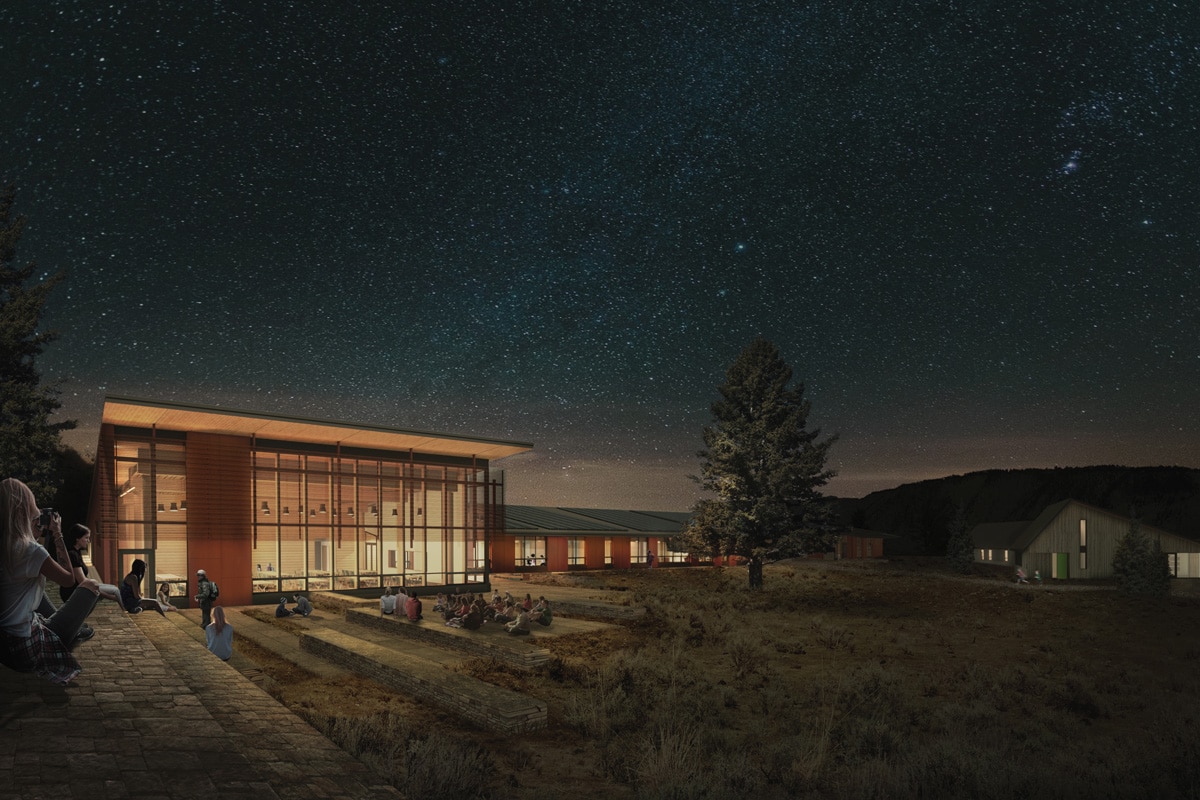
Extreme light pollution prevents a large portion of the population from being able to see more than a handful of stars at night. Rendering courtesy of Hennebery Eddy Architects
Light pollution’s most obvious and immediate impact is that it obscures the night sky—and while the average person may not spend much time looking up at the stars, the work of astronomers is depends on being able to view the night sky unobstructed. Of course, there’s also something to be said for the average person’s ability to look up at the night sky and see stars without issue, as such an act is one the majority of humans throughout history have had the privilege of experiencing.
Evidence suggests stargazing is beneficial for one’s mental health, as it helps to increase attention span, reduces feelings of stress and anxiety, and fosters a sense of cosmic awe—which can lead to reduced feelings of confinement and a greater sense of well-being.
Energy Waste & Carbon Emissions
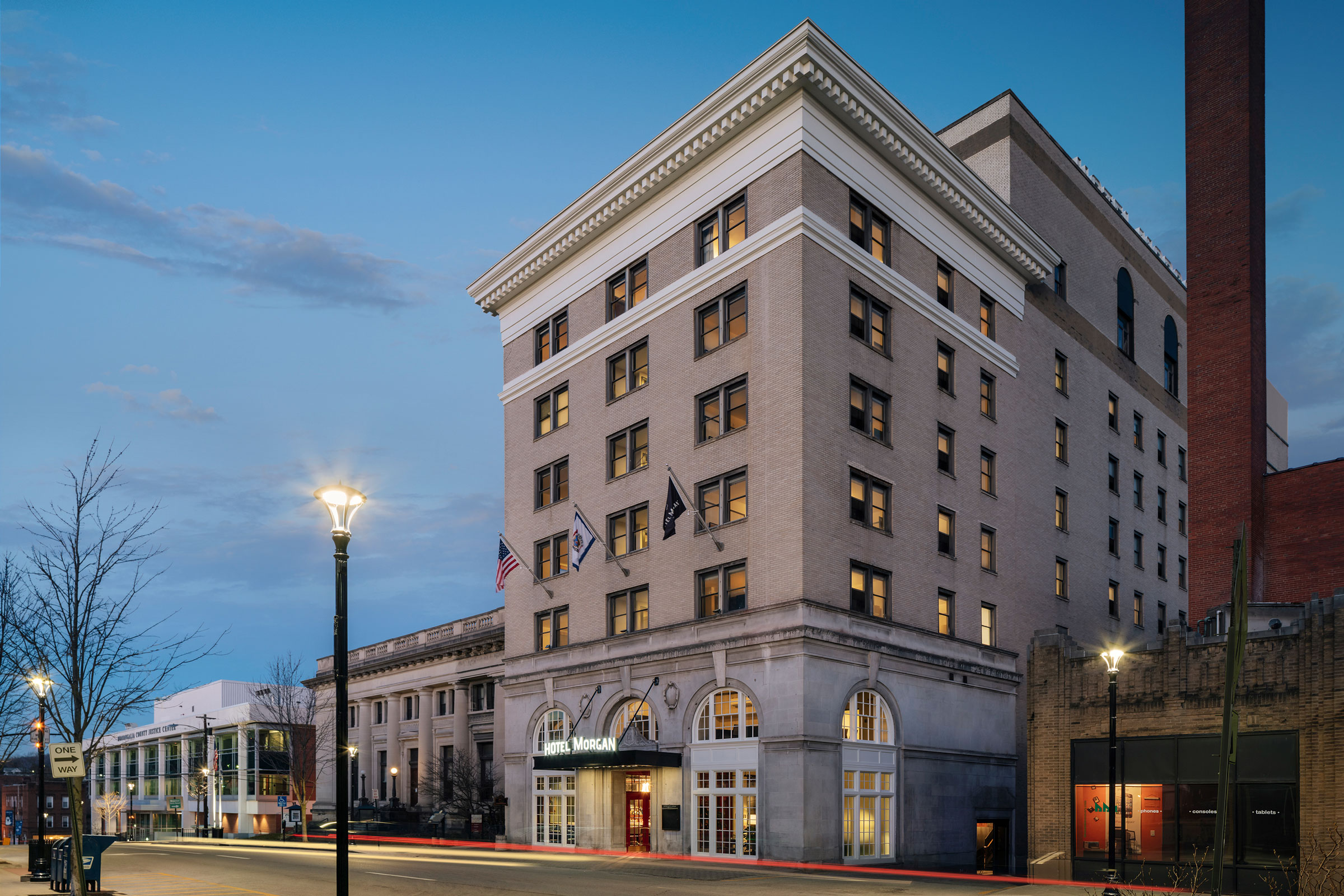
Street lights illuminate the space above them as well as below. Photo by Chase Daniel
On average outdoor lighting uses roughly 120 terawatt-hours of energy per year in the US, with most of that going toward illuminating streets and parking lots. According to estimates by DarkSky International, 30% of that light is wasted as a result of light trespass, costing the US approximately $3.3 billion dollars each year and producing roughly 21 million tons of carbon dioxide annually.
When you factor in other countries’ contributions to electric light waste and their subsequent emissions, it becomes apparent that light pollution is, in fact, a major contributor to anthropogenic climate change.
Disruption of Wildlife & Ecosystem Health
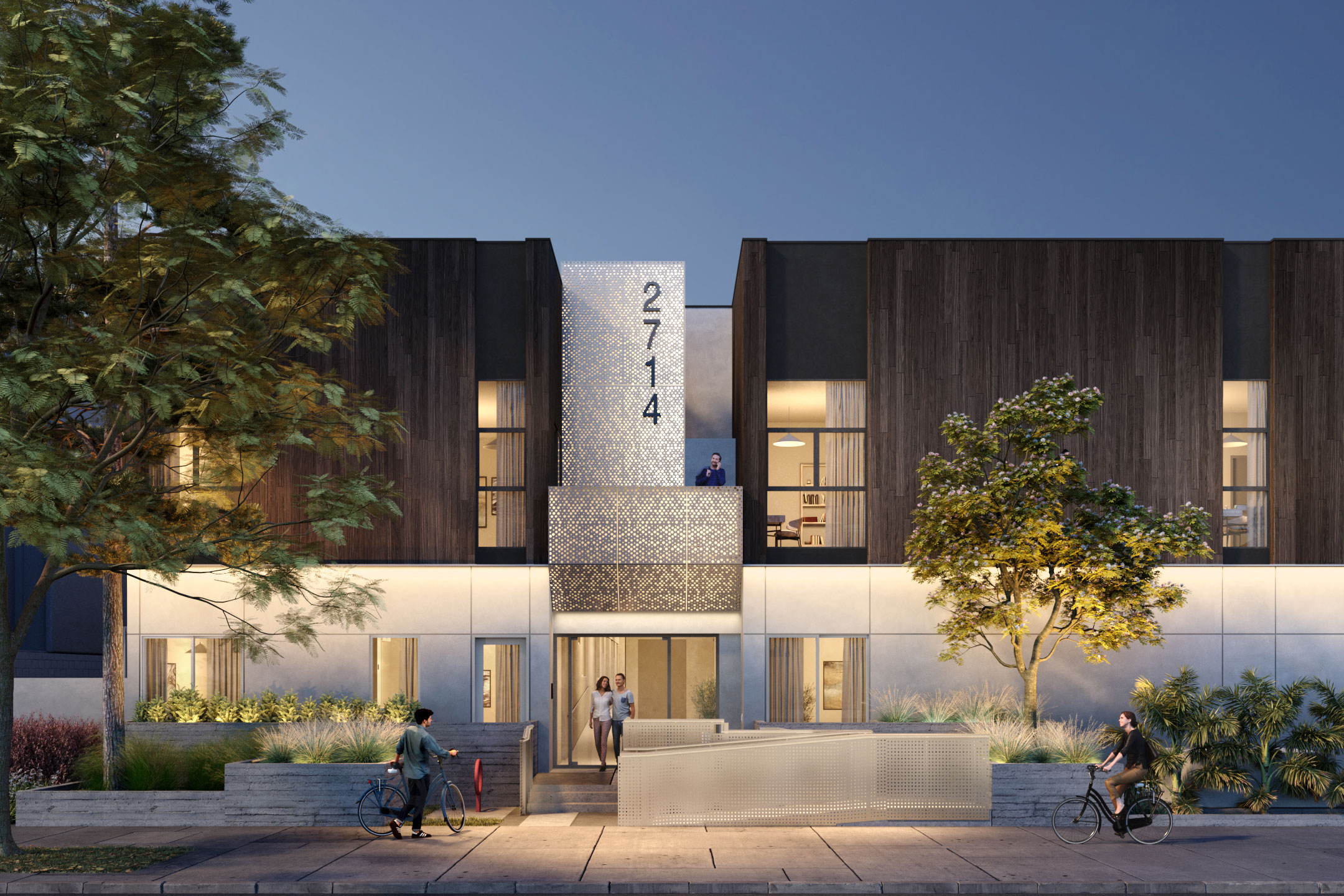
Trees that receive more artificial light as a result of nighttime light pollution are tricked into believing days are longer than they actually are, resulting in delayed dormancy during the fall and early emergence in the winter—both of which put them at higher risk of frost damage. Rendering courtesy of JZA Architecture
Perhaps the most distressing aspect of light pollution, however, is its detrimental impact on plant and animal life. For billions of years all life on Earth has relied on—and evolved alongside—the predictable day-night cycle, so much so that it is encoded in the very DNA of both plants and animals. Many species depend on this predictable rhythm of day and night to tell them when to sleep, when to hunt or forage, and when to reproduce.
Artificial light pollution has been shown to negatively impact various animal species in the following ways:
- Sleep-wake patterns. Artificial light is known to interrupt and unbalance the circadian rhythm of many animals, impacting a range of behaviors and biological processes; a German study on city-dwelling blackbirds, for example, found that light pollution and traffic noise caused them to become active as much as five hours earlier than birds in natural areas.
- Reproduction rates. Studies observing the impact of artificial light on wetland habitats have observed declining reproduction rates in frogs and toads, whose nightly croaking—an integral component of the mating process—is disrupted by excessive light.
- Migration patterns. Certain species of animals—such as sea turtles and some birds—that use moonlight as a guide during migration are often thrown off-course and die as a result of light pollution.
- Population numbers. Billions of nocturnal insects drawn to artificial light sources are instantly killed upon contact with these lights each night, drastically reducing their population numbers—a problem considering many birds, bats, amphibians, and other animals depend on these insects as a primary food source.
Light pollution is also known to have a detrimental effect on plant life. It’s no secret that the vast majority of plant species need light—be it sunlight or a strong enough electric light—to produce food via photosynthesis, but even weak artificial light can affect a plant’s biological processes. Potential disruptions stemming from light pollution include:
- Increased leaf size. Plants that grow near street lights tend to have larger leaves than normal, increasing their number of stomatal pores and causing these pores to remain open for much longer than plants growing under conventional unlit night conditions; this makes the plant significantly more susceptible to drought and air pollution.
- Delayed dormancy. Deciduous trees that grow close to street lights are tricked into believing that days are longer than they actually are and typically hold onto their leaves longer than trees growing under natural conditions, which makes them more susceptible to ice damage.
- Early emergence. Artificial light can also cause plants that depend on day length to time events—such as budding and flowering—to start these processes earlier than normal, putting them at higher risk for frost damage.
- Reduced biodiversity. Some plant species respond well to excess artificial light and as a result produce more biomass, send out more offshoots, and produce more seeds than normal, crowding out other species and reducing ecosystem biodiversity as a whole.
All in all, light pollution—like any other type of pollution—has a myriad of negative effects on plant and animal life and is partially responsible for the accelerated extinction rates observed within the past century.
Negative Impact on Human Health
Natural sunlight is integral to maintaining a healthy body, as it helps dictate circadian rhythm. “By exposing your body to daylight throughout the day, your healthy human circadian rhythm will have a significant role in regulating your sleep-wake cycle and have a positive impact on your eating habits and digestion, body temperature, hormone release, and other important bodily functions,” Neall Digert, vice president of innovation and market development at Kingspan Light + Air, wrote in a previous gb&dPRO article.
Light pollution, however, negatively impacts human health by disrupting the body’s circadian rhythm. This is largely due to the fact that melatonin—the hormone responsible for managing the sleep-wake cycle and synchronizing circadian rhythms—is almost exclusively released when it is dark. Exposure to light (particularly blue light) during nighttime hours impairs the pineal gland’s ability to secrete melatonin, which can in turn cause insomnia, lead to the development of anxiety and mood disorders, lower body temperature, and elevate the estrogen/progesterone ratio.
Recent scientific studies have even shown a possible connection between low melatonin levels and certain cancers, as severe melatonin deficiency can lead to suppression of the immune system.
How to Reduce Light Pollution
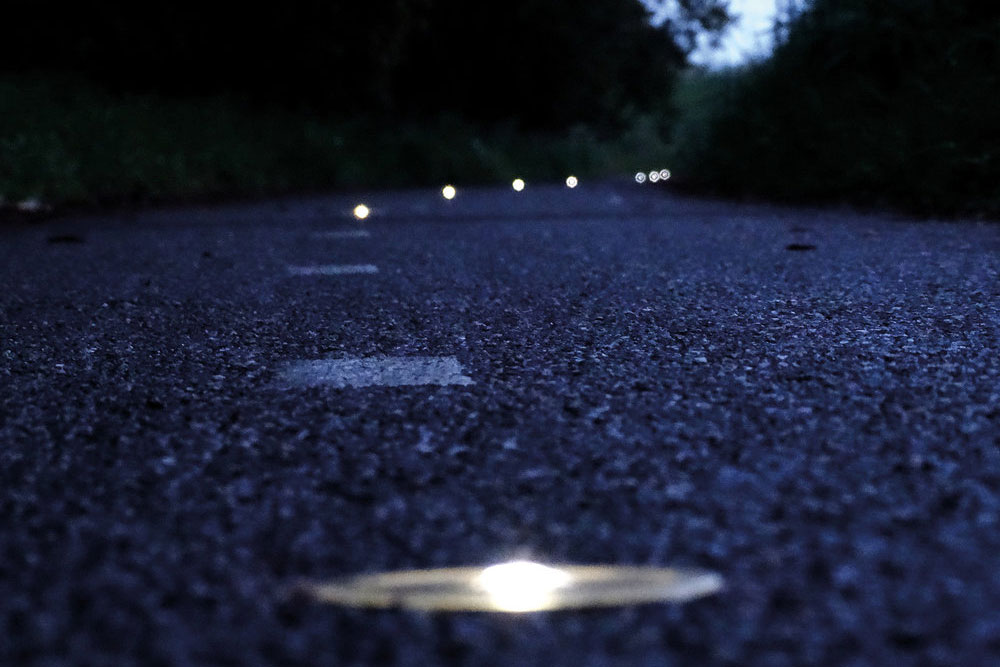
Photo courtesy of Archasol
Fortunately, light pollution is one of the very few forms of pollution that is almost entirely reversible. The following methods comprise the most effective strategies for reducing light pollution.
Turn Off Unnecessary Lights
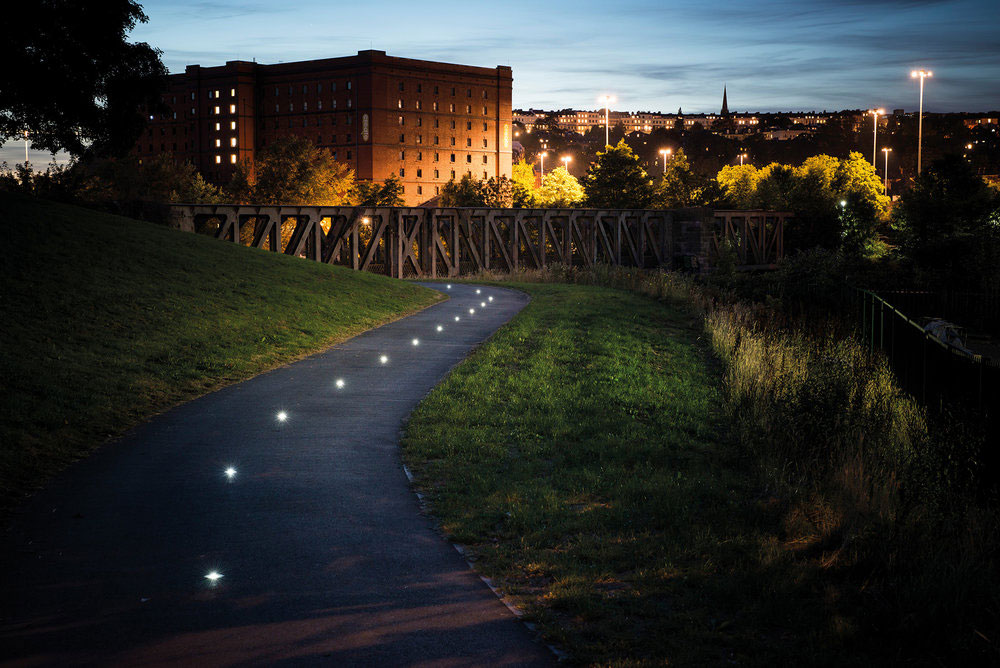
Photo courtesy of Archasol
When it comes to reducing light pollution, the most obvious answer—turning off unnecessary lights—is also the simplest one. If a light doesn’t absolutely need to be on, it shouldn’t be.
Increase Awareness
While not the end-all-be-all of light pollution mitigation, increasing public awareness as to the causes and effects of light pollution is nevertheless an important step. Organizations like the International Dark Sky Association (IDA), for example, have made it their mission to take back the night sky by educating the public about light pollution, bringing awareness to the actionable steps one can take to reduce their own light emissions.
The IDA even certifies parks, reserves, and other places that have taken measures to preserve the dark night sky, recognizing their commitment to reducing light pollution at the source. Newport State Park in Washington and the Central Idaho Dark Sky Reserve in Idaho were the first places in the US to receive the IDA’s dark sky reserve designation.
Similar to the IDA, the National Park Service also considers preserving the night sky a priority, with many national parks hosting stargazing events to raise awareness as to how light pollution affects our health and the environment.
Design Better Light Fixtures
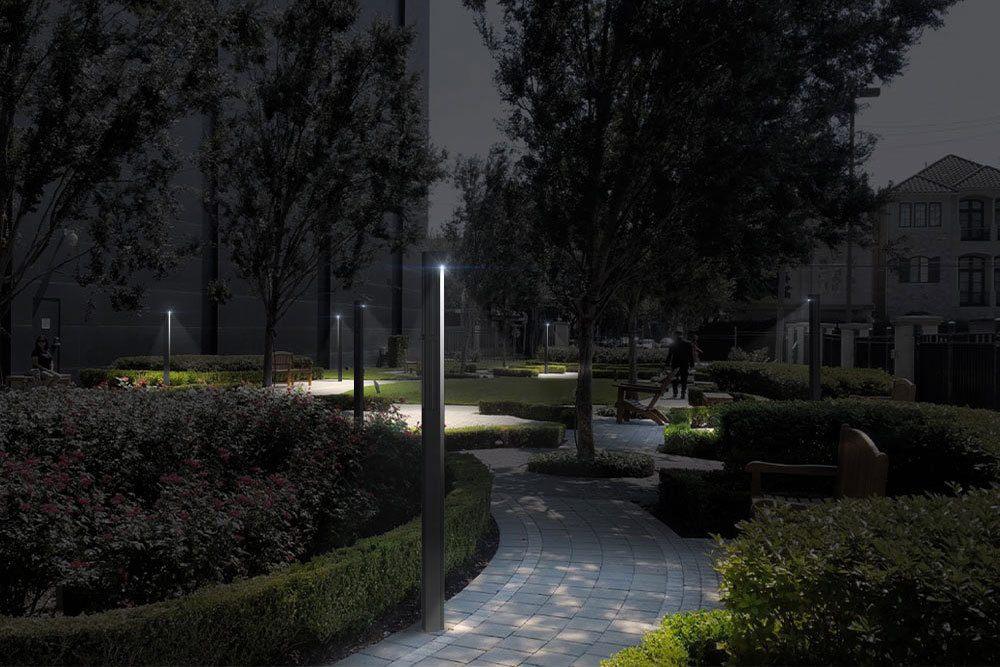
Photo courtesy of Archatrak
Some lights are necessary, but that doesn’t mean they can’t do a better job at reducing light pollution. Many outdoor light fixtures waste a significant amount of the light they produce by shining it in directions (namely upward) that don’t need to be illuminated.
“If you have an acorn-type fixture lighting a street, half of the energy consumed is shining upward, not going toward the task,” Pete Strasser, technical director at the International Dark Sky Association, told gb&d in a previous interview. “Why spend half a streetlight bill doing something it’s not supposed to do? A streetlight should light the street, not the undersides of airplanes.”
Designing and installing better light fixtures—that is, fixtures that shine light downward and feature shields to prevent unnecessary illumination—can drastically reduce light trespass and sky glow in both rural and urban areas. Full cutoff light fixtures are best at reducing light pollution, as they significantly reduce the chance for light to escape above the horizontal plane while also reducing the effects of glare.
Switch to Warm-Colored LEDs & Low Pressure Sodium Lights
Light pollution can also be reduced by adjusting the types of light sources we use. Most astronomers, for example, request urban areas switch to aluminum gallium indium phosphide LEDs or low-pressure sodium lights, as the principal wavelength they emit is relatively easy to work around or filter out entirely.
Both types emit a warm yellow or amber light that has a significantly lower impact on sky glow than traditional LEDs or metal halide lights, which are much whiter in comparison. When paired with proper shielding, these lights contribute very little to night sky light pollution.
Install Timed or Motion-Sensing Lights
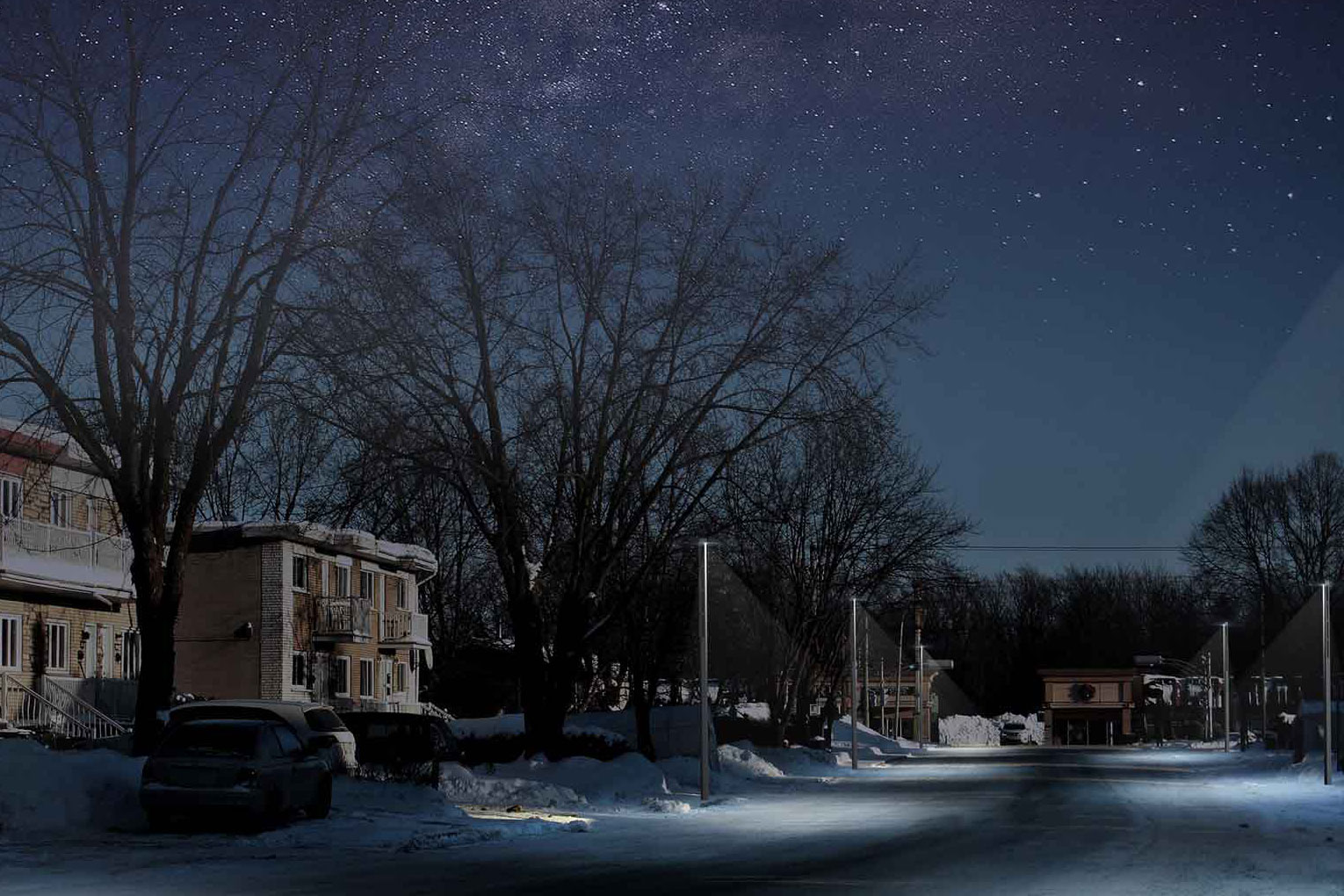
Photo courtesy of Archatrak
Some lights that stay lit all night—such as street lights and security lights—don’t need to provide constant illumination, although they do need to be able to turn on at a moment’s notice. Motion/occupancy sensors can be extremely beneficial in reducing light pollution by only triggering lights when a vehicle or person is present.
Archasol is a trading division of Archatrak and leading supplier of solar-powered urban light products. Their SolarStreet light pole uses an infrared motion sensor to detect when a vehicle is approaching and temporarily raises the brightness of its LED lights before reverting back to lower light conditions after 10 seconds.
Alternatively, lights may be designed to operate on a timer to ensure they only turn on during periods of regular, anticipated traffic, occupation, et cetera. Timers are generally considered to be less effective at reducing light pollution than motion or occupancy sensors but are still a significant improvement over constant illumination
Keep Blinds & Curtains Closed
Residential light pollution can be kept to a minimum simply by keeping blinds and curtains closed during nighttime hours when interior lights are in use. Sufficient window coverings also have the additional benefit of preventing exterior light pollution from entering when occupants are asleep, which helps maintain a healthy circadian rhythm. This isn’t to say that every single window in the country needs to be covered with full black-out curtains, but reducing light loss from homes and apartments is a crucial step in mitigating light pollution.
Consult Lighting Designers

Photo courtesy of Archasol
To ensure new construction and development projects do not contribute as much to nighttime light pollution as they have in the past, developers should consult with professional lighting designers to take care of their lighting needs.
“You can have a well-lighted place that’s not dark but that’s also without any light pollution. It just takes the skill of a lighting designer—one of the least utilized experts in the field, they’re half engineer and half artist,” Strasser says. “They’re very careful with where they place lights. You know it’s going to be well done and certainly won’t pollute as much as someone putting in a lowest-bid installation of floodlights.”




